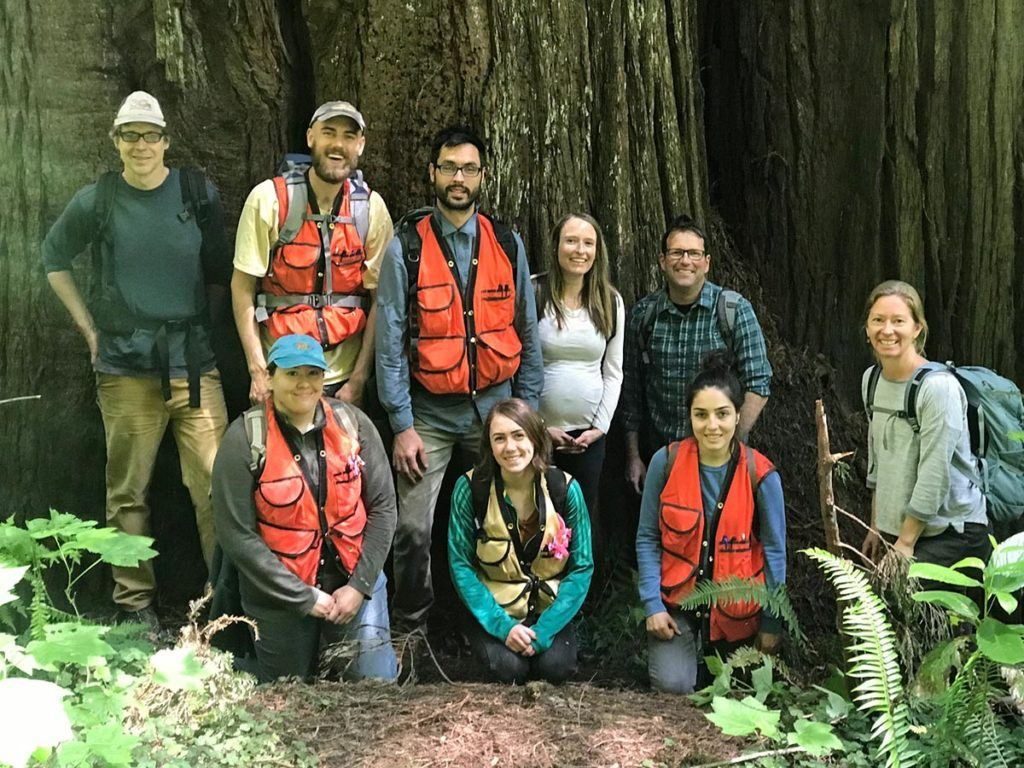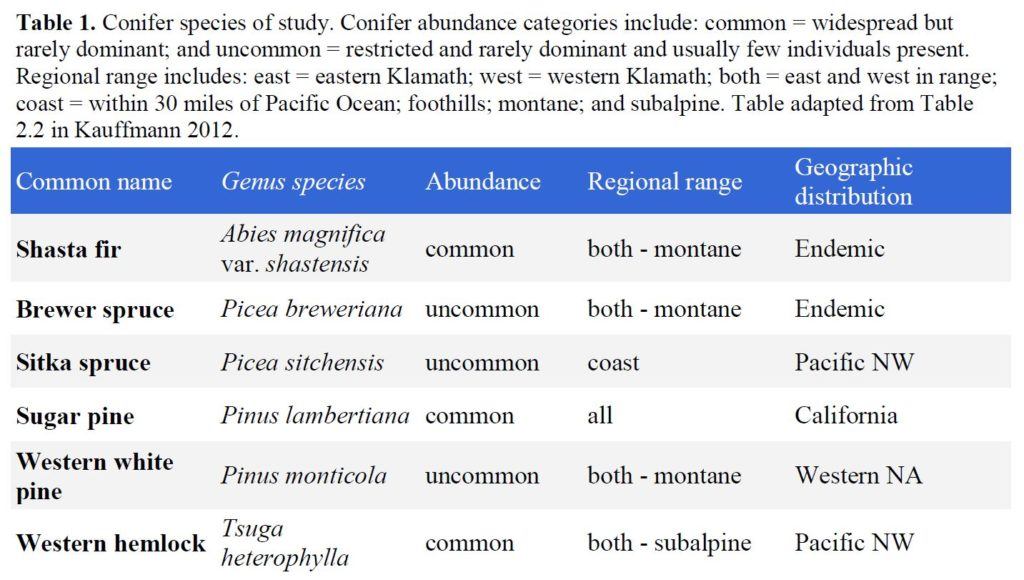Exploring the Yurok RNA
Many years back I discovered that there were little known biodiversity hotspots that had been described by a handful of ecologists. These places had been designated as Research Natural Areas for the primary purposes of maintaining biological diversity, providing baseline ecological information, and encouraging research and university natural-history education. These places are all relatively pristine and sometimes close to roads in non-wilderness areas.
It was in this way that I first learned about the Redwood Experimental Forest that also contains the Yurok RNA. But I had never visited this place despite the fact it has been on my list since the early 2000s. That all changed in June 2019.

I found myself here thanks to a dynamic duo at Humboldt State University. Rosemary Sherriff and Lucy Kerhoulas are recent recipients of a prestigious National Science Foundation grant titled Diversity of conifer responses to drought across competitive and geographic gradients in the Klamath Mountain Ecoregion. I am humbly involved in this project wherein our goal is to provide essential information about the potential impacts of ongoing drought on forest species in one of the world’s most species-rich conifer forest. Our first stop, to orient ourselves and roll the project, out was within this amazing coastal redwood forest. Our current plan is to study the 6 conifers in the table below.

What follows are some images taken within the Redwood Experimental Forest. Stay tuned for more updates as the team works its way across the region collecting data for the project.










Interesting article!
Exciting project!
I agree – and am honored to be a part of it!
Great. I wish I was there. The trees and the ferns are beautiful.
Linda Roletti
Awesome project, looking forward to getting more updates as the project progresses.
There’s at least three Forest Inventory & Analysis plots in the Experimental Forest on the Federal property. I inspected a couple of them a few years back. Walking through that area was an eye-opening experience as bush-whacking to the plots made me realize the ground (mineral soil) is often two metres below where my feet are due to all the downed logs covered in litter, moss, and herbaceous vegetation. It was wild (and a little painful when the foot found the holes).
WQW! Those are wonderful, old trees!
Thanks Stu — really is an amazing place.